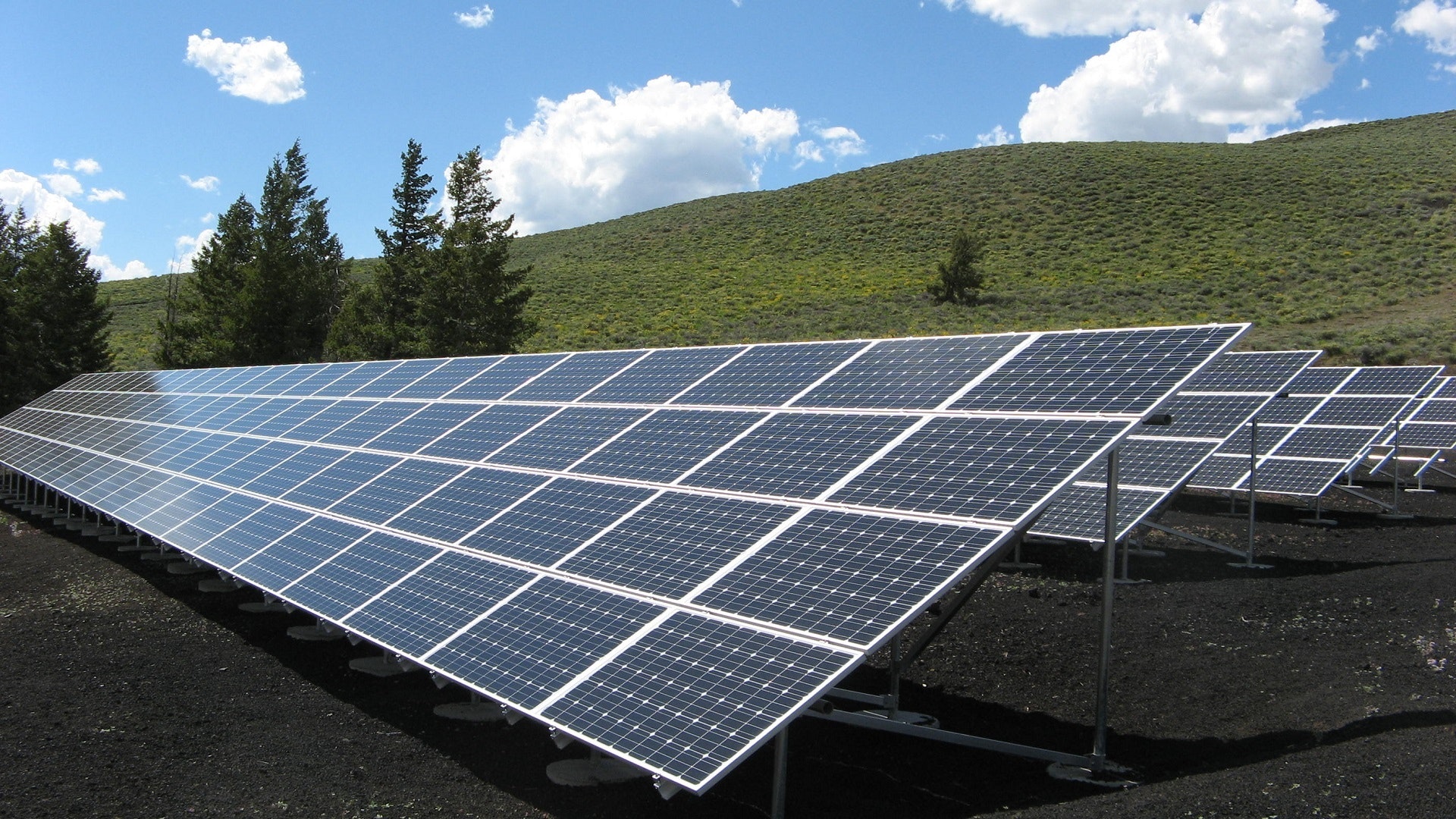If you have a solar PV system that uses a string inverter and does not produce the expected output when certain solar panels are shaded then you may find this article of interest.
Modern solar systems utilize half-cut panels equipped with bypass diodes, alongside string inverters capable of maximum power power tracking (MPPT). Despite the inclusion of these components it’s often observed that some systems fail to deliver optimal power output under shading conditions. Personally, I have a rooftop system where certain panels are shaded in the morning. Upon observation, it became apparent that this system was generating significantly lower output when only a couple of panels were affected by shading. In response to this issue, I conducted a root cause analysis, the findings of which are detailed in this blog post. It is my hope that sharing these results will assist others facing similar challenges.
Configuration:
My system is rated at 7.56 kW and utilizes Waree 540 W Mono PERC half-cut panels paired with a Havells on-grid inverter. The configuration comprises 14 panels arranged in a single string. The panels are oriented southwards and tilted at 18 degrees, aligning with the installation location in Pune, situated at a latitude of 18 degrees north.
Observations:
Despite only a portion of two panels being shaded in the morning, the system exhibited significantly low power generation. For instance, at 9:12 AM on January 15th, the power output was recorded at 0.36 kW, with a current of 0.5 A and a string voltage of 626 V. However, within a span of just ten minutes, the power output surged to 3.25 kW by 9:22 AM, accompanied by a current increase to 6.6 A, while the voltage dropped to 506 V.

Inverter Generation
The graph distinctly illustrates a sudden increase in both current and power output around 9:22 AM. Prior to this time, shading affected two panels in the string. However, after 9:22 AM, only one panel remained partially shaded, with the shadow covering solely the bottom portion of the panel. Additionally, a marginal increase in voltage can be observed following 9:22 AM. The voltage peaked around 9:38 AM when all panels were free from shadows.
Discussion
It is generally expected that modern inverters can efficiently manage a string of solar panels equipped with half-cut cells and bypass diodes, ensuring operation at the optimal power point even when some panels are shaded. Bypass diodes are designed to conduct for the set of cells affected by shadows, resulting in a lower voltage output of the string compared to when no shadows are present. However, the current output should remain consistent with the solar insolation levels for the panels in sunlight. For example, if the maximum power point (MPP) current of panels in sunlight is 6 A and the MPP current of shaded panels is 0.6 A, the string should ideally operate at a current close to 6 A while bypass diodes are activated for shaded panels. Consequently, the voltage output of the string must be lower than usual due to the activation of bypass diodes, assuming that the number of shaded panels is less than half of the total panels in the string.
However, observations from my installation revealed a different scenario. Despite two panels being partially shaded, the voltage was unexpectedly high, while the current was low. Subsequently, there was a sudden increase in current and power output, accompanied by a decrease in string voltage, when the second panel emerged from the shadow, leaving only one panel shaded.
The MPPT function in an inverter is designed to sweep the voltage/current range to achieve the maximum power point (MPP). However, it’s important to note that when shadows are present, there isn’t a single MPP for a string of panels. Each panel within the string may have its own local MPP, while the string as a whole has a global MPP. In our observation, the inverter we employed struggled to track the global MPP when more than one panel was shaded. Instead, it operated at a current corresponding to the shaded panels, resulting in a high string voltage and low power output. Only when only one panel remained in shadow did the MPP tracker finally adjust to operate the string at the global MPP. However, until this adjustment occurred, the string operated well below its optimal capacity.
Conclusion
It is important to assess how well an inverter can track MPP when certain number of panels are shaded. While the datasheets of most inverters lack detailed information in this regard, it may be useful to consider white papers by manufacturers. Fronius is one brand that describes the MPPT operation in detail. However, many popular (and inexpensive) inverters in the market do not publish any details. It is worth evaluating if investing in a better brand will yield better returns in the long term.


